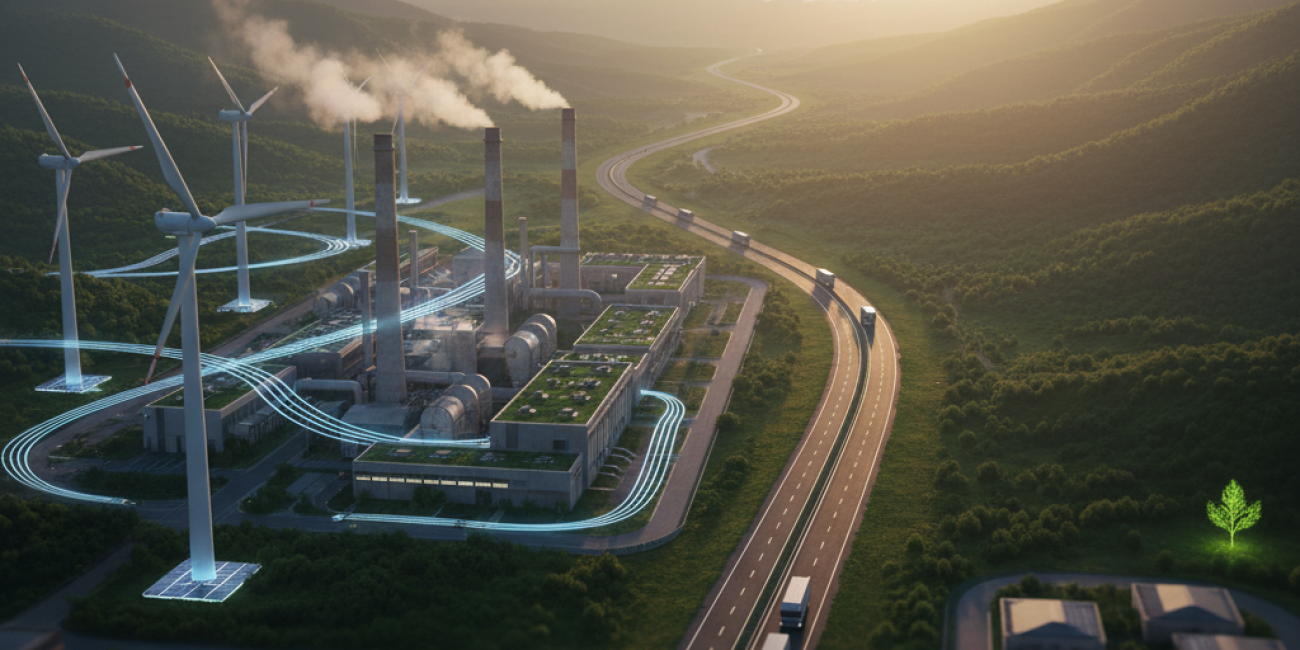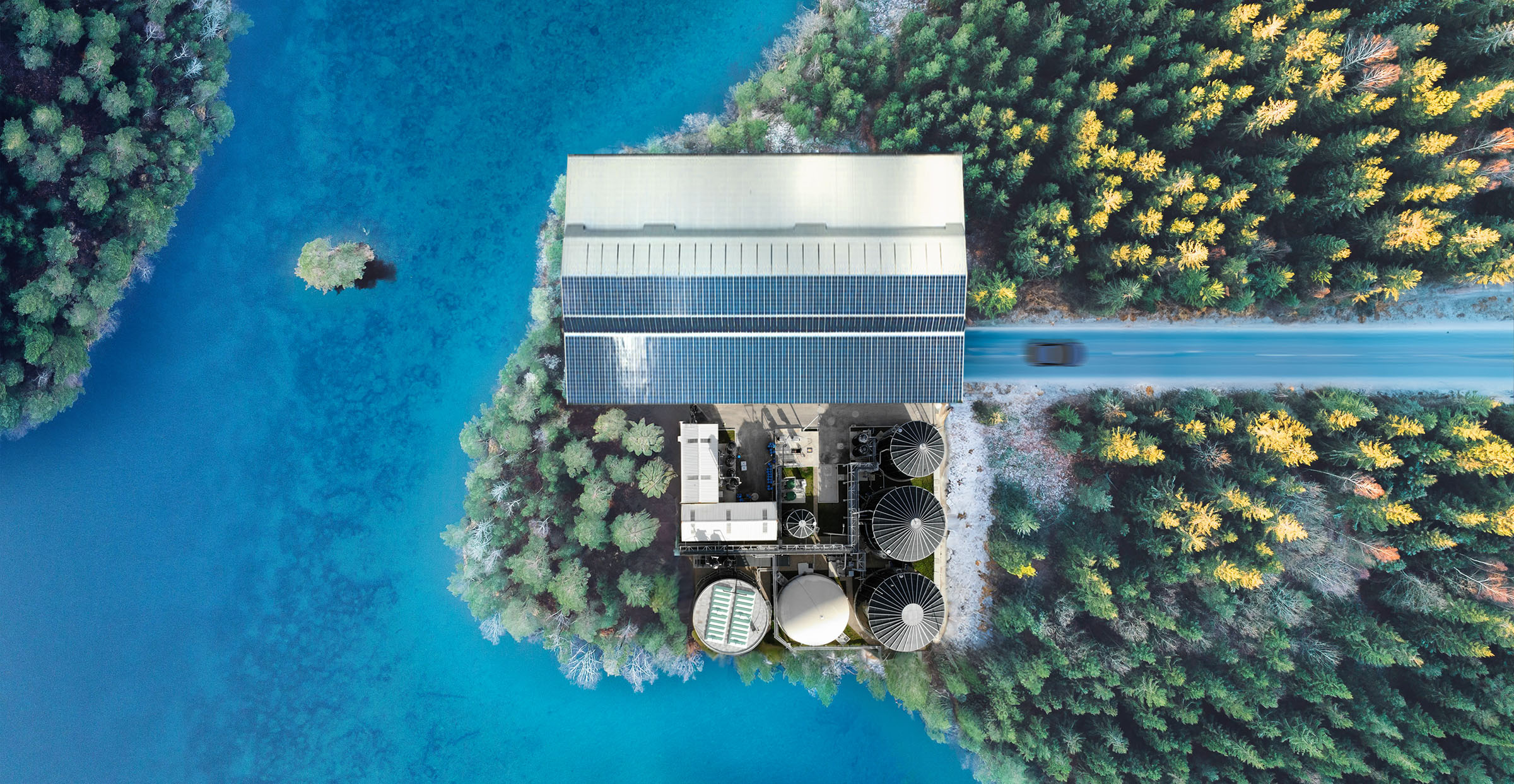Harnessing industrial value chains for environmental rehabilitation may be our best – and quickest – pathway towards net zero. What does this exciting new concept entail?
Time We Don’t Have
Perhaps the most pressing of all factors in battling the climate crisis is time.
It is not enough to merely remove CO2 or reduce emissions; we have a small – and diminishing – timeframe in which to do so. But industries, it seems, are taking their time in implementing solutions. When they do, they’re often limited in scale, or even feel like merely symbolic gestures.
This is not because industry leaders don’t care, or are complacent. The reason change is slow in being forthcoming is simple: in most of the world, the financial incentives to avoid CO2 emissions, or remove atmospheric CO2 to offset hard-to-abate emissions, are lacking.
The Right Incentives
In the current techno-economic constellation, without the right incentives, the financial and energetic costs involved with emission reduction and negative emissions (CDR) don’t make sense. So much so, in fact, that even industries with potentially negative carbon footprints, which inherently absorb emissions from the atmosphere – like forestry, agriculture1, and construction (thanks to the cement carbon sink)2 – currently emit more than they absorb. But could this change? And if so – what role does technology have to play in this change?
Rather than assuming that industries and their ancillary operations are necessarily detrimental to the environment, is it possible to imagine an industry which, as a byproduct of its regular operations, produces a negative carbon footprint and contributes to the rehabilitation and stability of the environment? Just think about the billions of tons of carbon-containing wood, paper, plastics, food and other products that are produced industrially each year, and their potential to remove CO2 from the atmosphere.
This question, broadly speaking, is the idea behind Value Chain Decarbonization (VCD).
VCD means lowering emissions for specific carbon intensive processes, thereby rendering entire value chains net negative in their carbon footprint. If these “strategic” emission reduction activities are associated with CDR incentives, unprecedented upscaling and impact can be achieved.
Lime: a Case Study
Take lime, for example; it is a highly reactive material which naturally absorbs atmospheric CO2 in its downstream applications, from cement production to steel ore purification and other applications3. The problem with lime is in its upstream production, which is highly carbon intensive, more than its reabsorption potential4. But changing the production method – essentially, the technology – and introducing carbon capture or an alternative process of low-carbon production, can have a drastic impact on the overall lifecycle of the material, making it net negative, without the need to establish a dedicated CDR facility.
The value chain itself, through its internal, capital-driven processes, will thereby become a CO2 remover. Even more importantly, economic growth in this scenario will inherently increase CDR activity, creating a win for both industry and environment.
Maximizing Environmental Potential
This systemic approach to decarbonization holds immense promise not only because of the scales and speeds it can reach, but also because it provides industries, which are critical to our way of life, the incentives to leverage their operation’s simple capture and avoidance, coupling their routine operations with removal and rehabilitation, maximizing their positive environmental potential across their value chains.
__
1IPCC AR6 WGIII
https://www.ipcc.ch/report/ar6/wg3/chapter/chapter-7/
2Xi, F.; Pan, J.; Yang, W.; et al. — “Global and national CO₂ uptake by cement carbonation from 1928 to 2024”
ESSD / Copernicus (2025)
https://essd.copernicus.org/articles/17/2231/2025/essd-17-2231-2025.html
3European Lime Association. “Lime Carbon Accounting for Recarbonation in Lime Products ‒ Key considerations for compliance and voluntary carbon markets”, EuLA & South Pole. October 14, 2024
https://eula.eu/resources/carbon-accounting-of-recarbonation-in-lime-products/
4Lime Kiln Emission Factors & Technology Differences (Eriksson et al.)
https://www.scipedia.com/public/Eriksson_et_al_2014a


